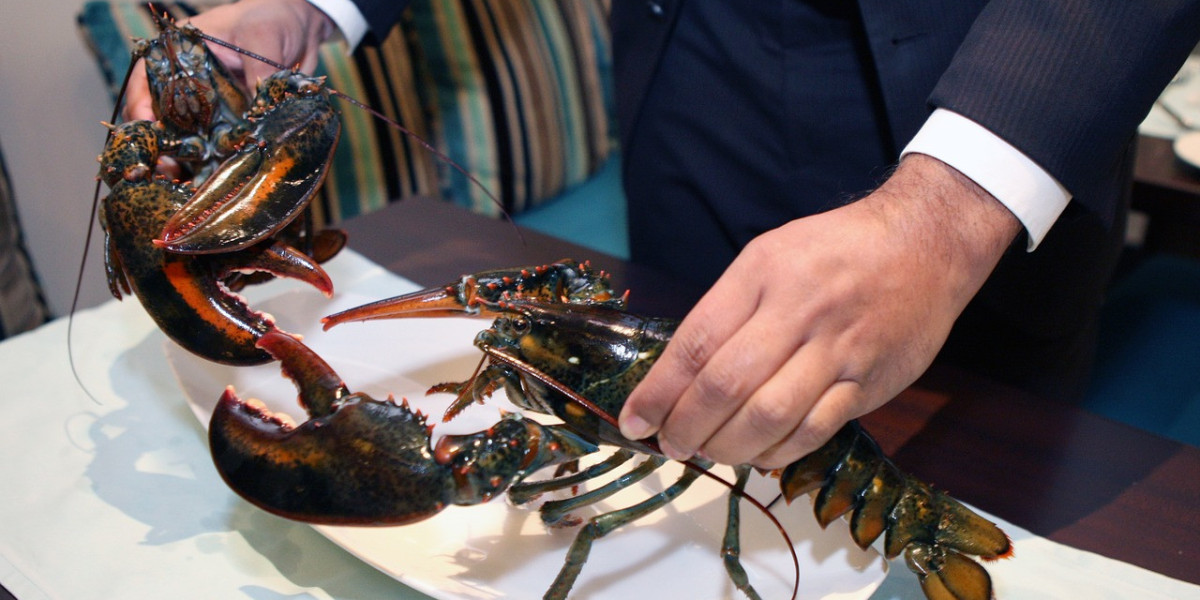A restaurant is a business that provides food to customers. It may also serve drinks or snacks. The word restaurant comes from the French word restaurer, which means “to provide food for.” Restaurants range from fast-food establishments to upscale restaurants.
Eating out has been popular for millennia, from ancient thermopolia to medieval taverns. But modern restaurant culture emerged in 18th-century Paris.
Buffet restaurants
In buffet restaurants, customers pay one fixed price and help themselves to a variety of different foods arranged on hot and cold food tables. Inspired by Scandinavian smorgasbord-style eateries, this type of restaurant is popular with families and groups who want to eat inexpensively. It also has the advantage of lowering labor costs since customers serve themselves.
Buffets also provide flexibility by letting guests decide what they want to eat, as opposed to the fixed menu options in plated restaurants. This is especially helpful for diners with limited food preferences, as they can select from a range of options that are not available in plated restaurants. In addition, buffets are usually in a constant cycle of baking new food, refilling the salad bar, and whipping up more soup as supplies run low.
While buffet hygiene has improved during the coronavirus pandemic, the risk of disease remains. Fresh fruits and vegetables are not cooked, so they can harbor pathogens. The CDC recommends using plastic barriers to block sneezes and coughs, as well as taking precautionary measures when eating raw foods at restaurants. However, the buffet business model is still booming. This may be because people are tired of admonishing themselves for overindulging, and because unlimited food is more affordable than a single entree. Besides, restaurants can save money by buying food in bulk and reducing waste.
Pubs
Pubs are a type of restaurant that sells alcohol and food. They can be found around the world and serve a wide range of dishes. Some pubs are part of a chain, while others are independent. Many pubs also have a theme, such as sports bars, rock pubs, and biker bars. Some have games such as darts and pool, televisions to watch sporting events, and even a dance floor. A pub is a place to enjoy socializing with friends.
The pub has come a long way since its origins as a tavern and alehouse in the Bronze Age. The modern pub is much more sophisticated, with opulently painted tiling and wood panelling. During the industrial revolution, it became possible to produce beer in large quantities and distribute it widely. This allowed breweries to develop pubs that were more like their commercial counterparts than traditional private homes. Pubs began to incorporate architectural features such as bar counters, highly polished brass handrails and ornate mirrors, and opulently decorated etched glass. Some were designed to look like gin houses or palaces.
Today, pubs usually offer a full menu of meals, although some may only have a limited selection of bar snacks such as chips or pies. Many have separate dining rooms, which are sometimes referred to as gastropubs. This trend has caused some pubs to refashion themselves as full-fledged restaurants, serving a higher quality of food than is typically available in bars.
Fine dining
Fine dining restaurants focus on the experience and create an atmosphere of class and elegance. They often serve multiple courses and use expensive ingredients. They also feature expensive furniture, art, and porcelain crockery. They offer fine wines, and their staff is trained to provide impeccable service. Some also have a dress code.
Tables are often spaced further apart than in casual restaurants and have cloth tablecloths. They may also have cloth napkins and higher quality silverware and stemmed water goblets. Typically, these restaurants play soft music at a level that is not disruptive to the meal. The music is designed to complement the food and enhance the overall dining experience.
Most fine dining establishments require reservations, and they may have a specific dress code for guests. This is because the restaurant needs to plan ahead for busy times and ensure that it can accommodate guests. Moreover, the reservations allow the restaurant to accommodate guests with special menu requests or dietary restrictions.
Some restaurants serve a combination of cuisines and styles, while others have a more traditional menu. They may also serve a la carte meals and desserts. The most popular fine dining restaurants have a high reputation and attract an elite clientele. They may serve a limited menu and charge a premium price for their services. However, their attention to detail and exquisite customer service make them worth the money.
Fast food
Fast food restaurants serve meals that are usually low in nutritional value and contain extra sugar, salt, corn syrup, artificial sweeteners, and other additives. These foods are also calorically dense and rich in fat, which can lead to weight gain and chronic diseases. They are characterized by the use of highly processed ingredients and industrial-scale preparation techniques, which can make them less healthy than other restaurant types.
Most fast-food restaurants offer a variety of food options. They can be accessed through a drive-thru or a counter for ordering and pickup. They may also offer online ordering and a mobile app for off-site delivery. Fast food restaurants are often open 24 hours a day and have high-speed production lines to minimize waiting time. They also use a POS system to streamline operations.
The term “fast food” refers to any food that can be prepared quickly and served without sitting for long periods of time. The term is also used to describe restaurant chains that use mass-produced, pre-prepared ingredients and standardized cooking methods to provide consistency across outlets.
The popularity of fast-food restaurants has grown rapidly in the United States. In fact, the average American consumes about a quarter of their calories from these restaurants every day. The industry also employs millions of people and is growing 2.2% a year. The reason for this is the convenience and affordability of fast food.








